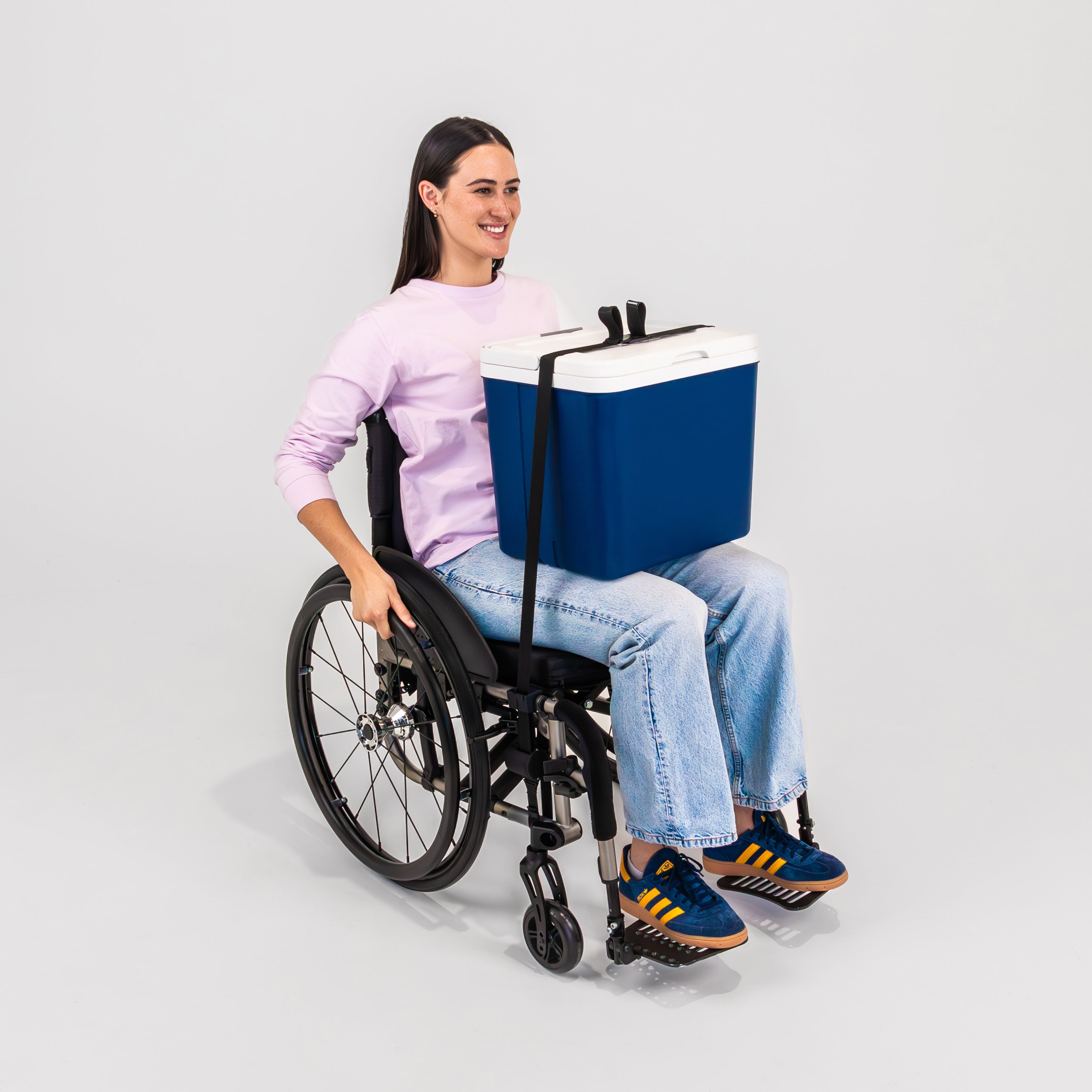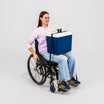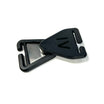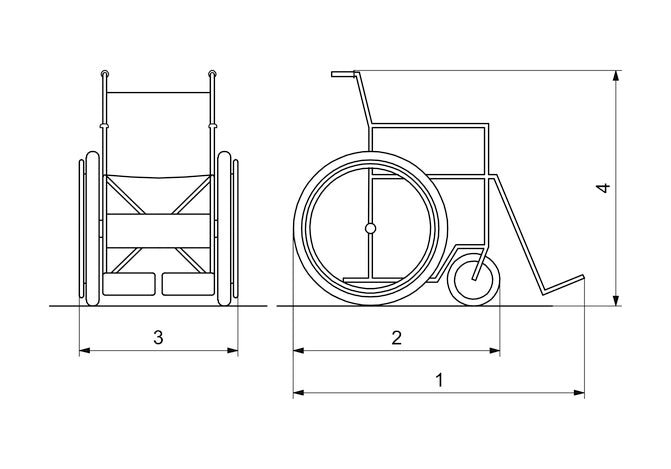The road to independence for individuals who use wheelchairs often starts with understanding the dimensions of their wheelchairs. This knowledge not only enhances comfort but also improves maneuverability in various environments. We’re diving into the various measurements of a wheelchair and provide detailed steps to measure them.
Key components of a wheelchair.
Before we get into the nitty-gritty of measurements, it's crucial to understand the key components of a wheelchair. These include the seat width, seat depth, seat height, backrest height, armrest height, and the wheelchair's overall width and height.
1. Seat Width
The seat width is the distance from one side of the seat to the other. It's a critical measurement because it directly affects the user's comfort. Too narrow, and the chair can be restrictive and uncomfortable; too broad, you may strain to use the armrests or wheels. Think about your hip measurement and sit width comparatively with the seat.
2. Seat Depth
The seat depth is the distance from the front edge of the seat to the backrest. An appropriate seat depth is crucial for proper leg support and preventing pressure sores. This is the most overlooked component when we see people measuring as they don’t think about it because they can’t feel it.
3. Seat Height
The seat height, or the distance from the floor to the seating surface, impacts the user's ability to reach the ground with their feet and the wheels with their hands. Look at your seated height to gauge how and where you want to sit.
4. Backrest Height
The backrest height, the vertical distance from the seating surface to the top of the backrest, affects the user's upper body support. The height of the backrest depends on the needs of the user. If you push yourself, you need a backrest that allows your shoulders to move freely. If you have difficulty sitting upright, you may need a higher backrest, which gives more support to the spine.
5. Armrest Height
The armrest height is essential for upper body support and balance, affecting the user's ability to push themselves up from the chair. You should be able to sit erect, with level shoulders when bearing weight on the forearms as they rest on the armrest.
6. Footrest Height
The footrest height can impact circulation in the user's legs and overall comfort.
7. Wheelchair Width and Height
The overall width and height of the wheelchair are essential measurements for ensuring the wheelchair can comfortably maneuver through doorways and corridors.
Measuring the wheelchair.
Now that we've covered the key components, let's move on to how to measure them.
For all these measurements, you will need a flexible measuring tape. Each measurement should be taken while the user sits in the wheelchair for accuracy.
This video from Rice Lake does a half-decent job of showing you where to measure - we’ll make a longer one in the future.
Grasping the measurements of a wheelchair and knowing how to measure them can significantly impact your quality of life. It can lead to improved comfort, increased mobility, and enhanced independence if you get it right.
At Adaptdefy, we are committed to helping wheelchair users adapt to their surroundings and defy expectations. Our engineers and designers continually develop projects and resources to make this journey easier.
This episode with Rob Smith, founder of Active Hands, who broke his neck, pairs well with the detail we’ve shared in this blog. Give it a listen here for some inspiration.









Leave a comment
All comments are moderated before being published.
This site is protected by hCaptcha and the hCaptcha Privacy Policy and Terms of Service apply.